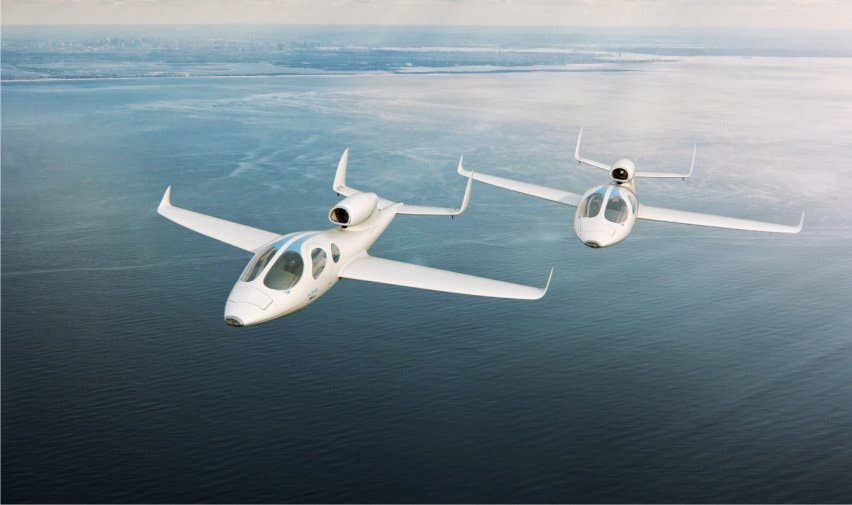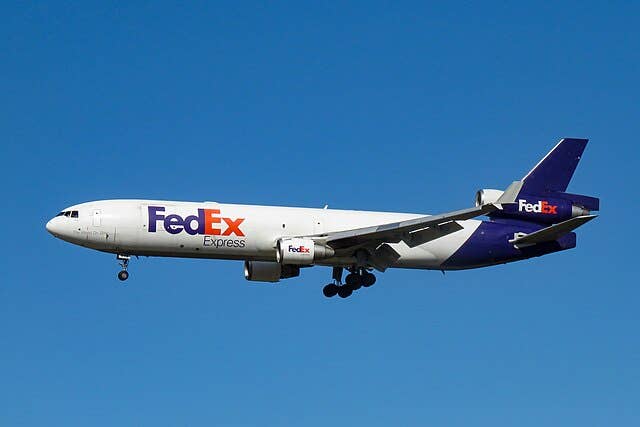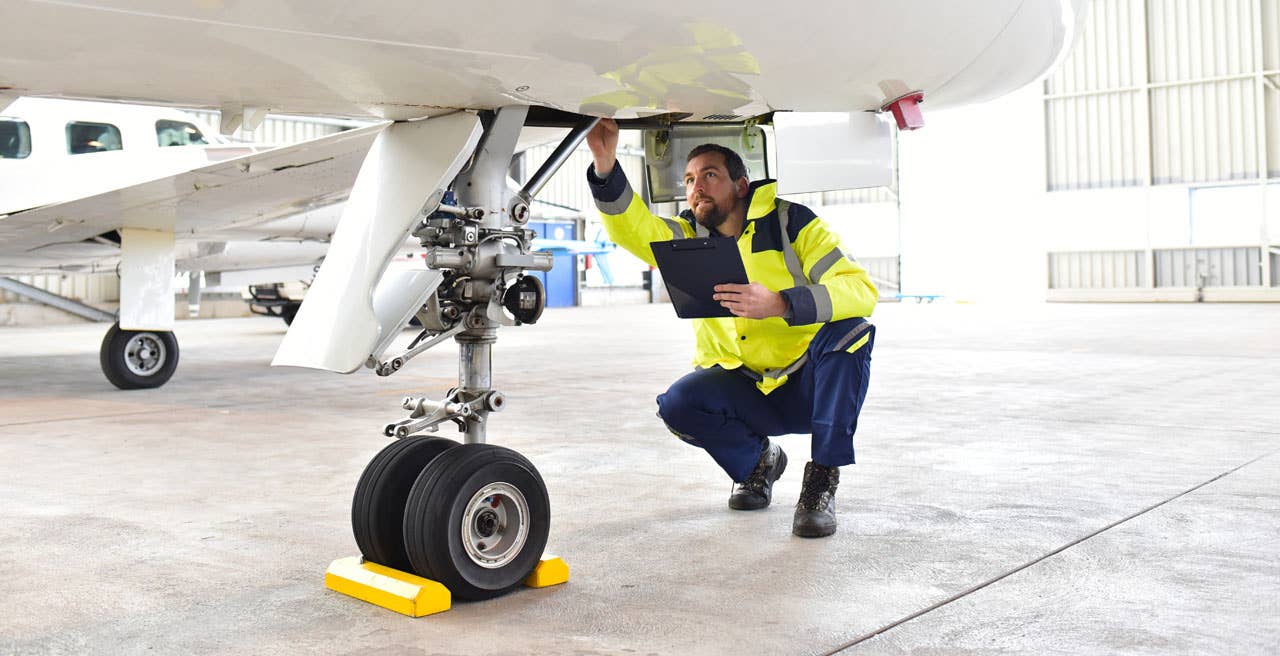Williams International FJ33-5A Turbofan FAA-Certified
The engine that powers Cirrus Aircrafts jet received its FAA certification this week. Williams International announced its FJ33-5A Turbofan now has an FAA Part 33 type certificate, building on the companys previously certificated FJ44-3AP and FJ44-4A models. The FJ33-5A engine offers more than 2000 pounds of thrust along with Williams-designed technology for fuel efficiency, low emissions and full authority digital engine controls.

The engine that powers Cirrus Aircraft's jet received its FAA certification this week. Williams International announced its FJ33-5A Turbofan now has an FAA Part 33 type certificate, building on the company's previously certificated FJ44-3AP and FJ44-4A models. The FJ33-5A engine offers more than 2000 pounds of thrust along with Williams-designed technology for fuel efficiency, low emissions and full authority digital engine controls. "I want to thank the FAA for their strong support in achieving this milestone," said Gregg Williams, the company's chairman, president and CEO. "I am also very proud of our team for developing an engine that is making jet travel more affordable." Cirrus selected Williams International in the nascent stages of its jet program, starting with the FJ33-4A-19 turbofan about ten years go. Now, the Vision SF50 jet's first production aircraft is flying, and Cirrus expects to receive FAA type certification this summer.
The FJ33-5A also powers another single-engine light jet under development in Poland, the Flaris LAR 1. Flaris announced this week it's beginning engine tests on the prototype, which features composite construction, five seats and an airframe parachute. The company announced a year ago it chose the Williams engine for the new aircraft. Flaris plans to sell the jet first as an experimental airplane while it moves toward European certification, with hopes of bringing it to the U.S. as an experimental, then achieving FAA certification in future years.






